Tom of Finland at 100: the icon who raised the homoerotic to high art
Tom of Finland beefed up the image of homosexuality, creating images of bulgingly priapic cops and cowboys that have become icons of gay liberation. To hail his centenary, we delve into the Wallpaper* archives to revisit this feature from the November 2014 issue (W*188), when our US editor Michael Reynolds teamed up with photographer Jack Pierson and art historian Richard Meyer to discover the artist’s house-turned-foundation
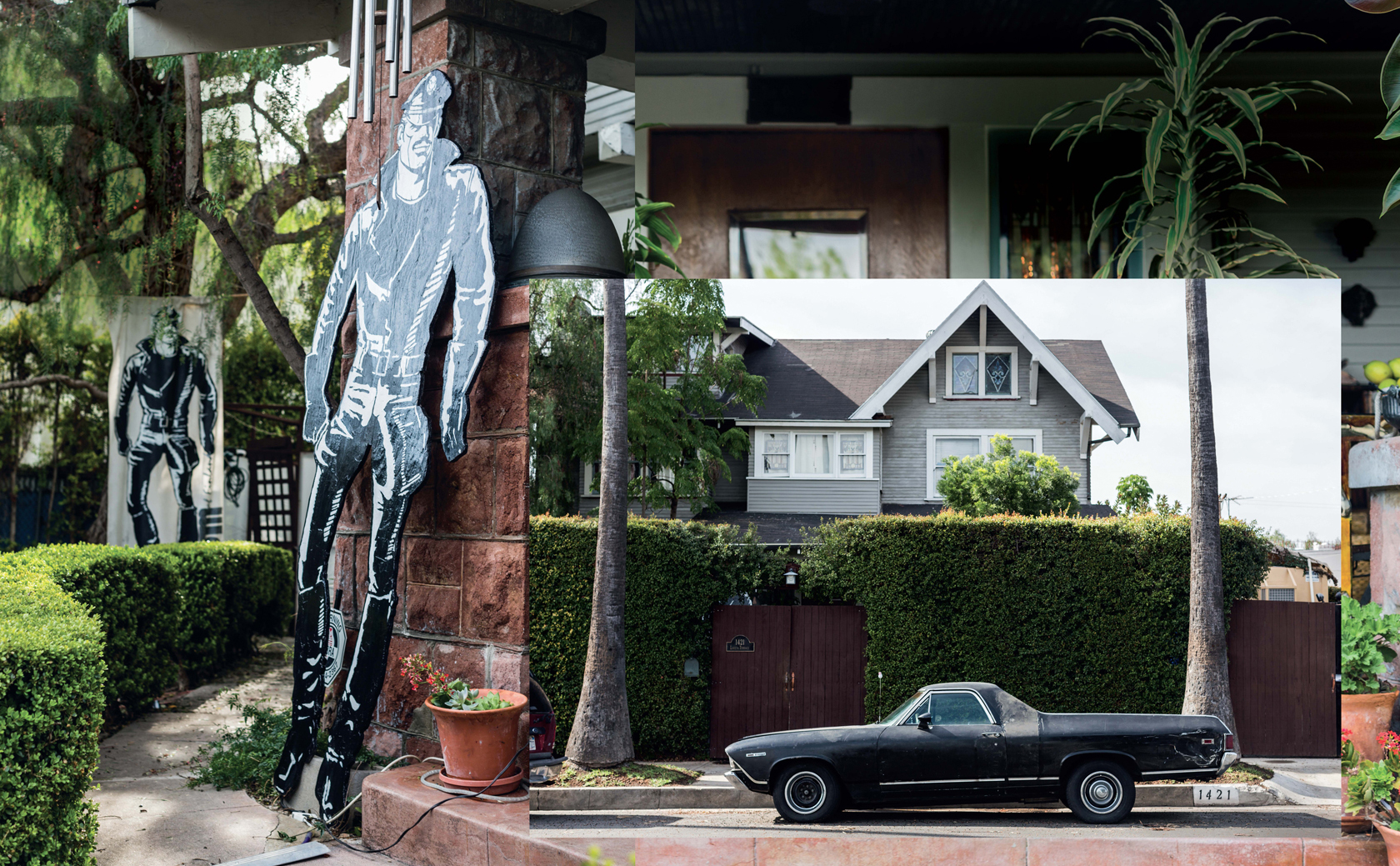
On a palm tree-lined street in Echo Park, an increasingly hip neighbourhood near downtown Los Angeles, you’ll find a beautifully preserved craftsman house from 1910. Apart from the 12ft hedges that run across the front of the property, little would seem to distinguish the residence from its well-kept neighbours. Step inside, however, and a different world comes into view.
Hundreds of works of erotic art spread across virtually all the 17 rooms in the house, as well as its backyard patio and terraced gardens. They range from a sculpted phallus called Disco Boy, made of tiny squares of mirrored glass, to a bird feeder fitted with delicately hand-painted scenes of bondage and discipline.
A working fountain incorporating a urinal has been constructed in the backyard, while faux frescoes on the first and second floor ceilings present a veritable orgy of men pleasuring themselves and one another.
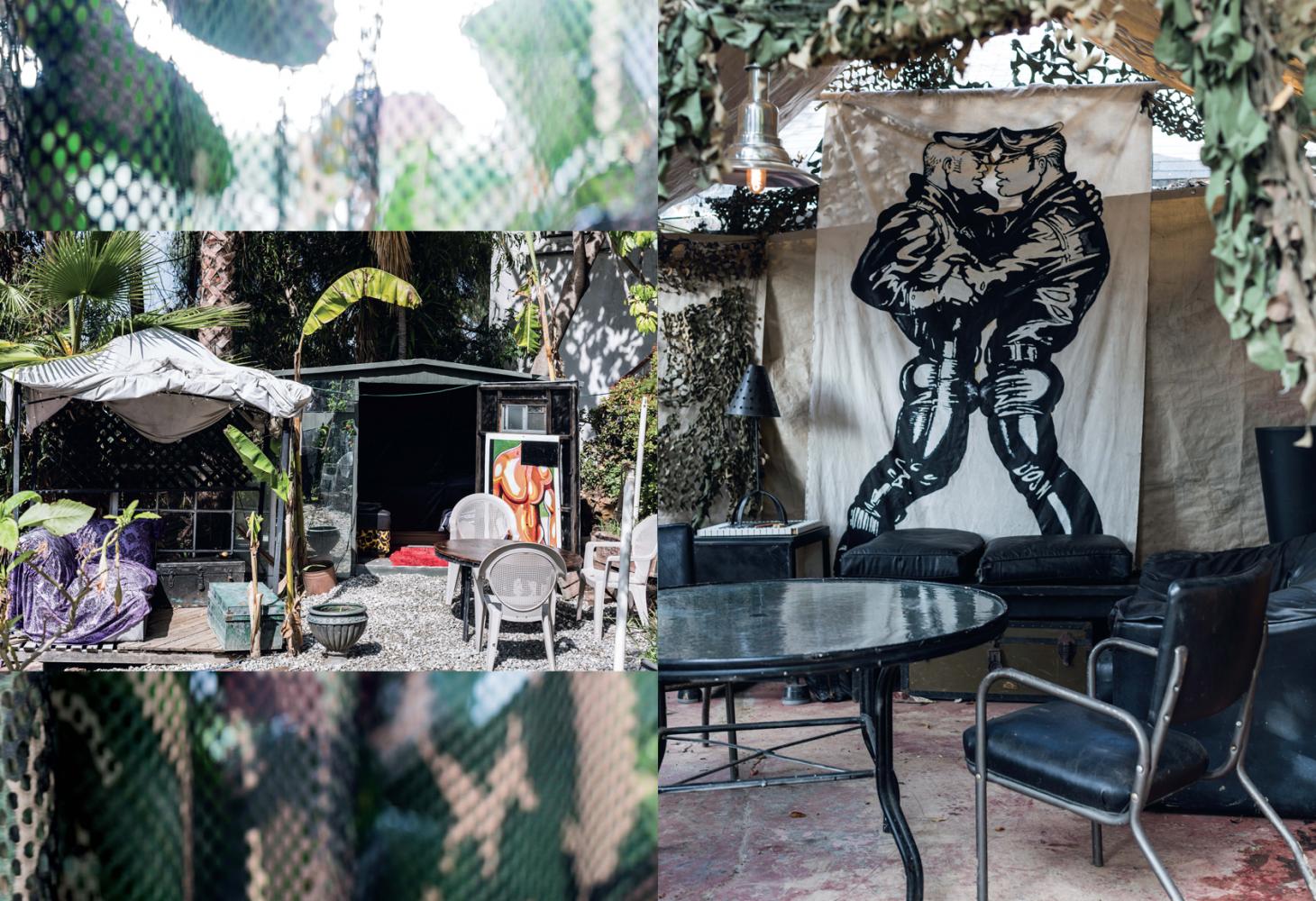
Left (inset): In the house’s rear garden, the ‘sugar shack’ was erected by foundation member Carr Galen as ‘a sanctuary where one might work, read and fuck’. Opposite: in another of the garden’s seating areas hangs a banner by Taurus Webster, commemorating an iconic drawing by Tom of Finland from a series completed in 1963
The house is the headquarters of the Tom of Finland Foundation, an organisation devoted to preserving the legacy of the most influential homoerotic artist of the 20th century. Across a career that spanned nearly 50 years, Tom created thousands of drawings of muscle-bound, bulgingly priapic sailors, soldiers, cops, cowboys, bikers and lifeguards. His pictures delight in the sheen of leather boots and motorcycle jackets and in the snug fit of sailor trousers and muscle shirts.
The male figures wearing those boots and trousers engage in exuberant acts of sexual exchange, often leaning toward fetishism and light bondage. For all their explicitness, Tom’s drawings remain lodged within a fantasy world of illustration where every guy is impossibly well-endowed and endlessly open to the next erotic adventure.
The Tom of Finland house is also the private residence of Durk Dehner and SR Sharp, a couple who serve as the foundation’s president and vice president, respectively. Dehner, a close friend, model and muse for Tom of Finland, co-founded the organisation with the artist in 1984. Originally conceived as a means to promote Tom’s work and preserve his legacy, the foundation eventually expanded to support a wide range of erotic art – by both men and women – through exhibitions, life-drawing classes, erotic art fairs and an artist-in-residence programme.
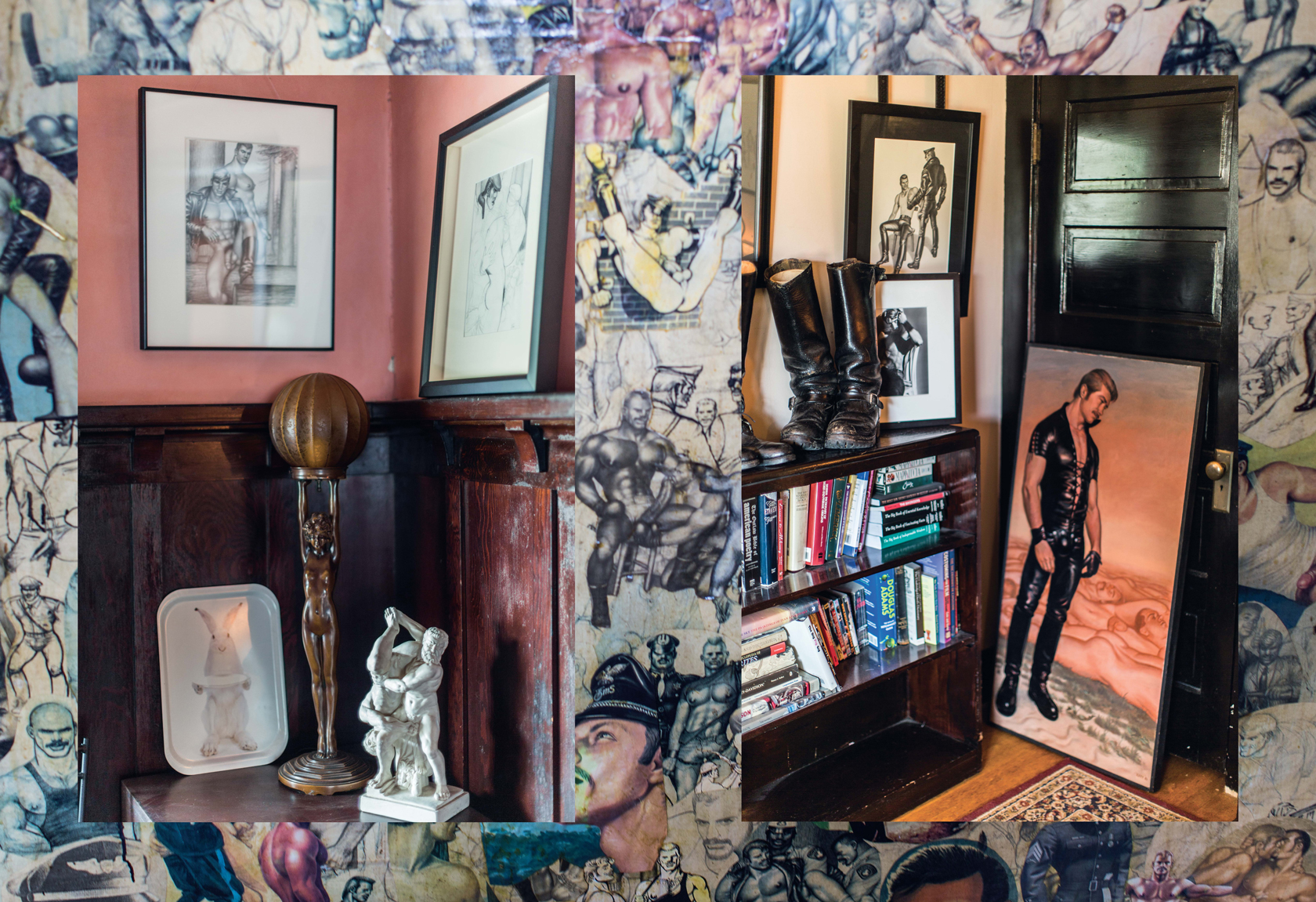
Background: a detail of the rear patio’s bar front, collaged with reproduced Tom of Finland illustrations by a foundation member. Left: vintage Tom of Finland graphite drawings in the dining room, a tray by Finnish sculptor Pekka Jylhä and a plaster replica of sculptor Vincenzo de’ Rossi’s 16th-century Hercules and Diomedes. Right: portrait of Durk Dehner, painted by artist Bruce Rapp in 1986, leans against a door in Dehner’s bedroom. Peering from behind a pair of leather boots is a 1976 photo of Dehner taken by Bruce Weber
The foundation’s early years coincided with the height of the Aids epidemic in America. Artists concerned that their work would be forgotten or destroyed after their deaths bequeathed it to the foundation knowing it would be archived and lovingly preserved. The foundation now possesses a permanent collection of approximately 3,500 works, some 150 of which are displayed in the home at any one time, often in thematic exhibitions curated by Sharp and Dehner. In addition, original drawings by Tom, as well as numerous reproductions and monumental blow-ups of his work, appear throughout the house and grounds.
The artist, born Touko Laaksonen, gained his professional moniker in 1957, when his drawings first appeared in the American magazine Physique Pictorial. The magazine’s photographer/publisher, Bob Mizer, felt the artist’s foreign name would be too difficult for readers to pronounce or remember so he dubbed him ‘Tom of Finland’.
During the 1980s, Tom split his time between Helsinki and Los Angeles, ultimately basing himself entirely at the house in Echo Park (Dehner had purchased the home with friends). Tom’s studio/ bedroom in the converted attic has been preserved much as the artist left it, with leather pillowcases on the bed and pencils and chalk at the drafting table. Also displayed in the room are Tom’s motorcycle jacket, boots and a selection of his beloved uniforms, including those of a Finnish soldier, an American sailor, a German police officer and a Canadian Mountie.
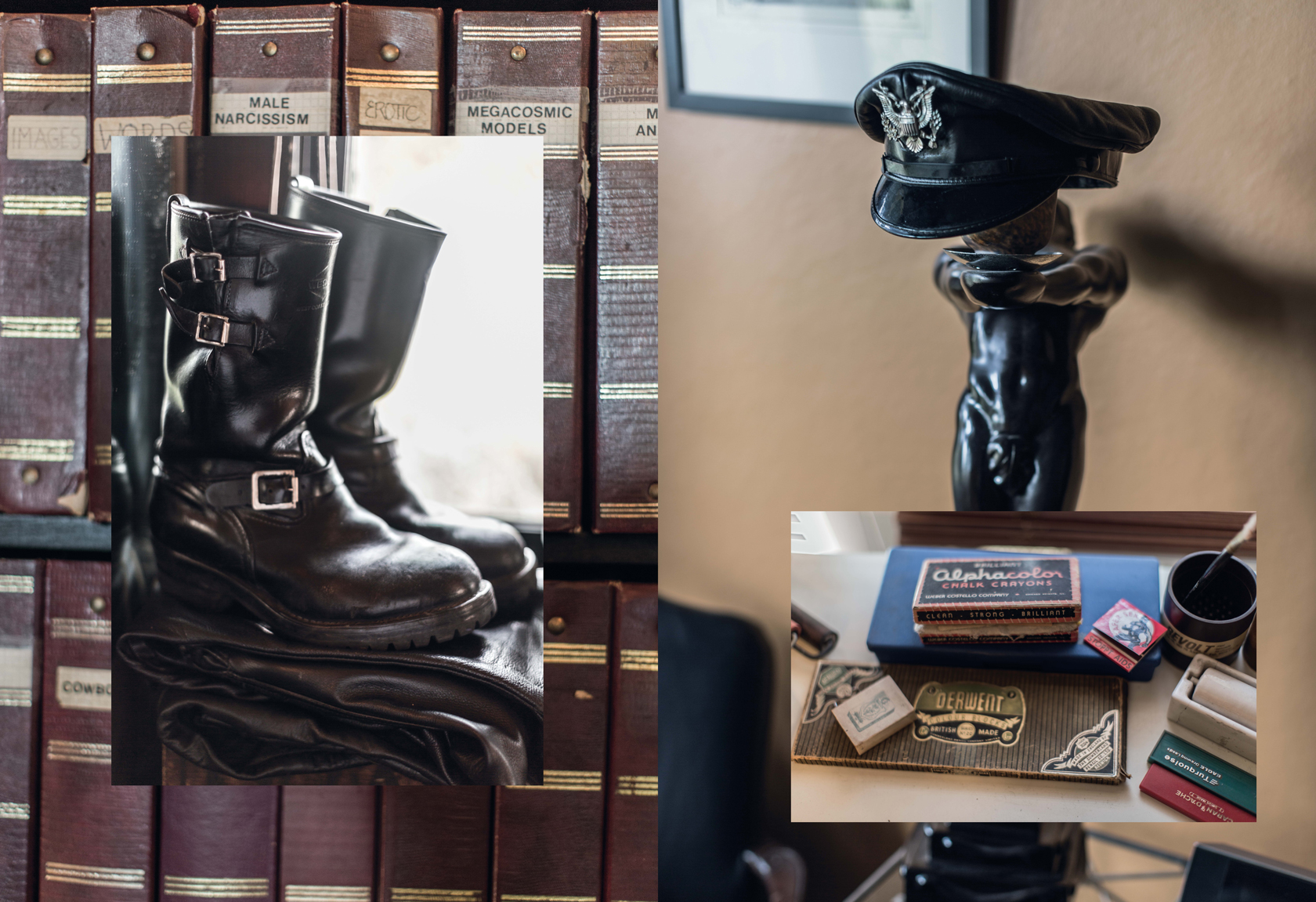
Right: a leather cap left on top of a 1980s male version of the 1930 Art Deco lamp ‘Clarté’ by Max le Verrier. Inset: a desktop detail from Tom’s studio, with the artist’s brushes, pencils and chalks. Left: reference binders cataloguing male physique imagery preserved by the foundation act as a backdrop to an inset image of Dehner’s custom, double-buckle boots from Wesco. Folded beneath them is a pair of custom leather trousers made by 665 leather, belonging to SR Sharp, the foundation’s vice president and curator
While unapologetically pornographic, Tom’s work has increasingly been recognised as high art. The permanent collections of both the Museum of Modern Art in New York and the Los Angeles County Museum of Art include drawings by the artist and, this past June, a selection of Tom’s work was shown (and sold) at Art Basel, the most prestigious international art fair. In 2013, working closely with the foundation, the Museum of Contemporary Art in Los Angeles presented a show featuring Tom’s drawings and collages alongside photographs by Mizer from Physique Pictorial. The exhibition’s introductory text described Tom of Finland as ‘the creator of some of the most iconic and readily recognisable images of post-war homomasculinity’ (almost certainly marking that word’s official debut in the museum).
RELATED STORY
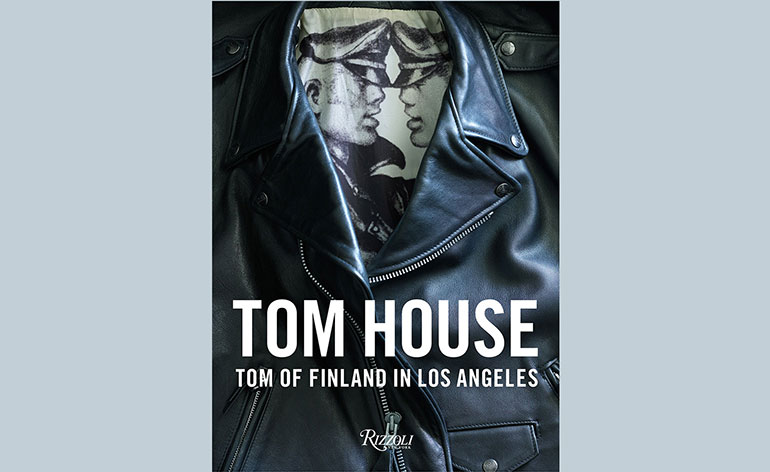
Alongside its elevation by the art world, Tom’s work has increasingly entered mainstream culture. In September of this year, the Finnish postal service released stamps in honour of the artist, one of which features a drawing of a naked man’s shapely buttocks and spread legs. According to Sharp, these are ‘the first homoerotic postage stamps in the world’. The nomination of Tom for this honour was made by the foundation, which also worked on a companion show, currently on display at the Finnish Postal Museum in Tampere. Titled ‘Sealed with a Secret: Correspondence of Tom of Finland’, the show mines the artist’s trove of letters and photographs to chart his life and work.
When Tom’s work first appeared in the 1950s, it defied the dominant image of gay men as sissies, fairies and pansies
Tom’s influence extends not only to other erotic artists but also to the development of gay culture across the second half of the 20th century. His drawings have inspired countless viewers not just to hit the gym or don a biker cap but also to imagine an alternative version of homosexuality. As Sharp puts it, ‘when Tom’s work first appeared in the 1950s, it defied the dominant image of gay men as sissies, fairies and pansies’. Tom’s drawings offered a ‘homo-masculine’ ideal that spoke not only to the desires but also to the personal aspirations of his viewing audience. Some admirers of Tom’s art even had their trousers tailored to fit more like those of the men in the drawings, then sent photographs of themselves wearing the refashioned attire to the artist. Such photographs may now be found in the correspondence archive held by the foundation.
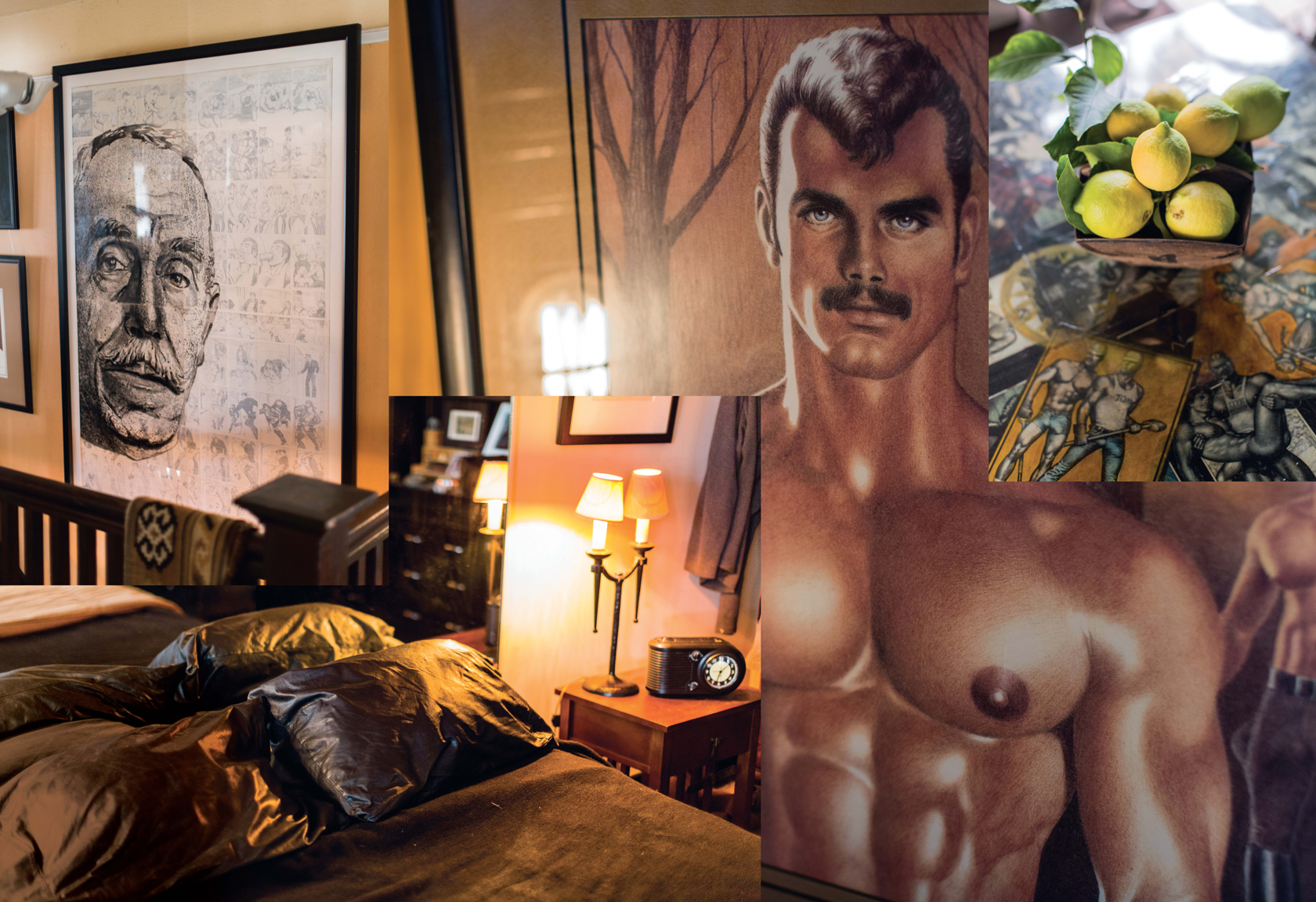
Clockwise from bottom left, Dehner’s bed, dressed to impress with black leather pillowcases and a military blanket; a painted and collaged portrait of tom by German artist Rinaldo Hopf, 1991, hangs in the stairwell; a detail from Tom’s Northmen, 1989, which hangs in the foyer; lemons from the garden atop a collaged front porch table
And yet, what may finally be most inspiring about the Tom of Finland house is the way in which the artist’s relentlessly butch aesthetic mingles with quite different styles of décor and domesticity. That aforementioned mirrored phallus (made by the artist Douglas Holtquist) sits beneath an art nouveau crystal chandelier from 1913. A bust of a bearded leatherman in the kitchen turns out, on closer inspection, to be a ceramic jar (the man’s biker cap doubles as a removable lid) with a base bearing the inscription ‘tuff cookie’. And a quilt spread across a guest room bed features two male nudes – each intricately composed of geometric patches of blue, white and black fabric – enjoying a moment of shared self-gratification.
Receive our daily digest of inspiration, escapism and design stories from around the world direct to your inbox.
Rather than appearing kitsch, such objects might be seen as an example of camp at its most generous. In her 1964 notes on that subject, Susan Sontag wrote that ‘people who share this sensibility are not laughing at the thing they label as “a camp”, they’re enjoying it. Camp is a tender feeling.’
And it was, finally, a feeling of tenderness that seemed most to pervade the house, a tenderness towards art, towards sexuality and towards those seeking to combine the two. A rotating cast of characters lives in the house along with Sharp and Dehner, including artists, volunteers and fellow foundation members. A free-form, communal spirit infuses domestic life there. At the moment, a 22-year-old Vietnamese body modification performance artist known professionally as Miss Daphne Von Rey is in residence there along with an Australian writer-in-residence who is helping prepare an application for the house to be designated a historical-cultural monument (HCM) by the city of Los Angeles. Dehner estimates that some 100 artists and other creative souls have lived in the house at one point or another over the last two decades.
According to Dehner, the Tom of Finland house ‘isn’t just about the pictures [on display]. It’s much more about a headspace, a state of being, a letting go of shame and judgements, and a caring for one another. In this house, anybody can be a Tom’s man.’ §
This article originally featured in the November 2014 issue of Wallpaper* (W*188)
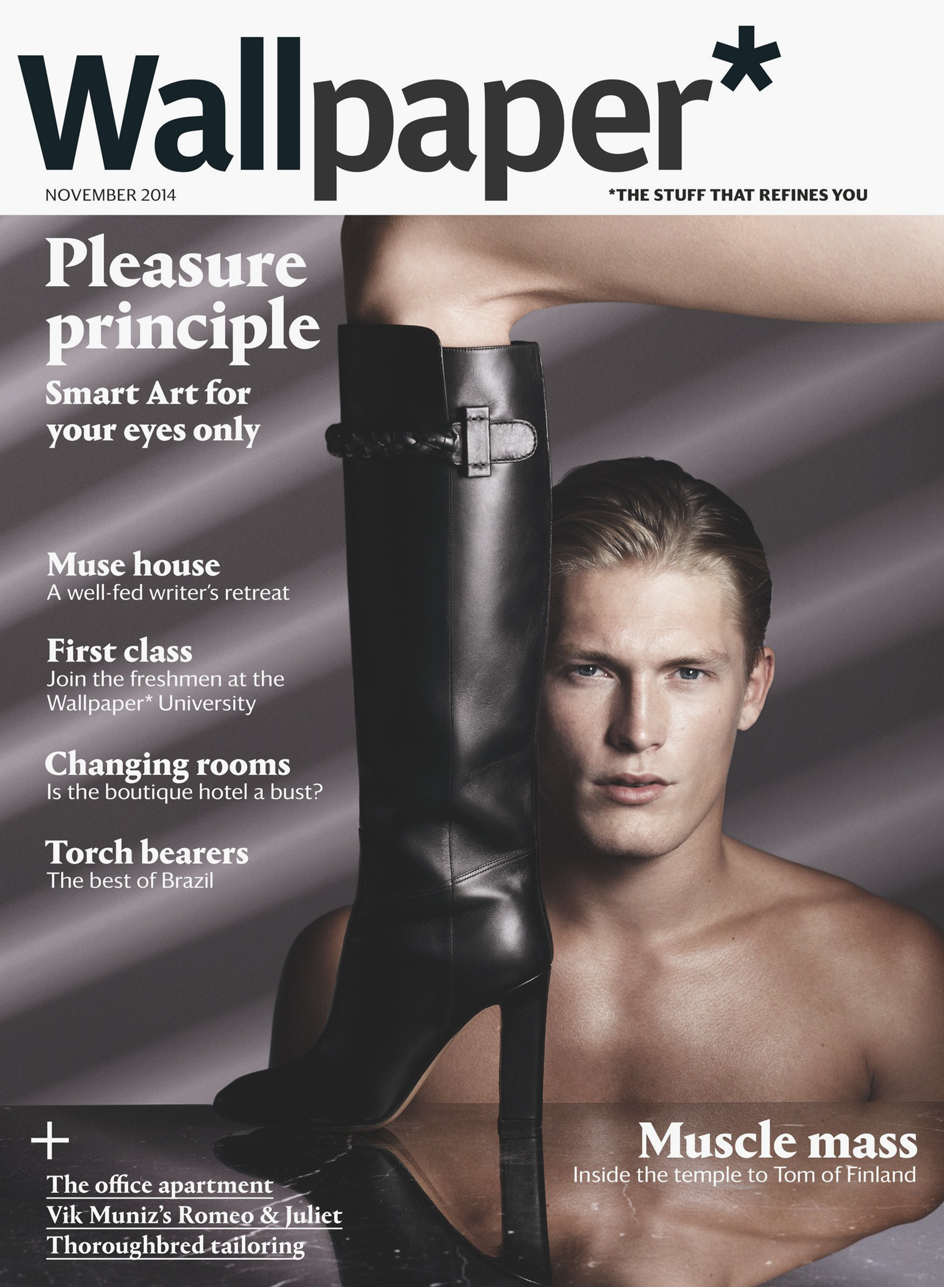
Wallpaper* November 2014 newsstand cover, an homage to Tom of Finland’s Man and His Boot, 1988. Photography: Jan Lehner. Fashion: Mathew Stevenson-Wright. Boots by Valentino. ‘Nero Marquina’ marble slab, by Lapicida. Models: Harry Goodwin at Models 1, Paulina at Body London. Grooming: Yoshitaka Miyazaki
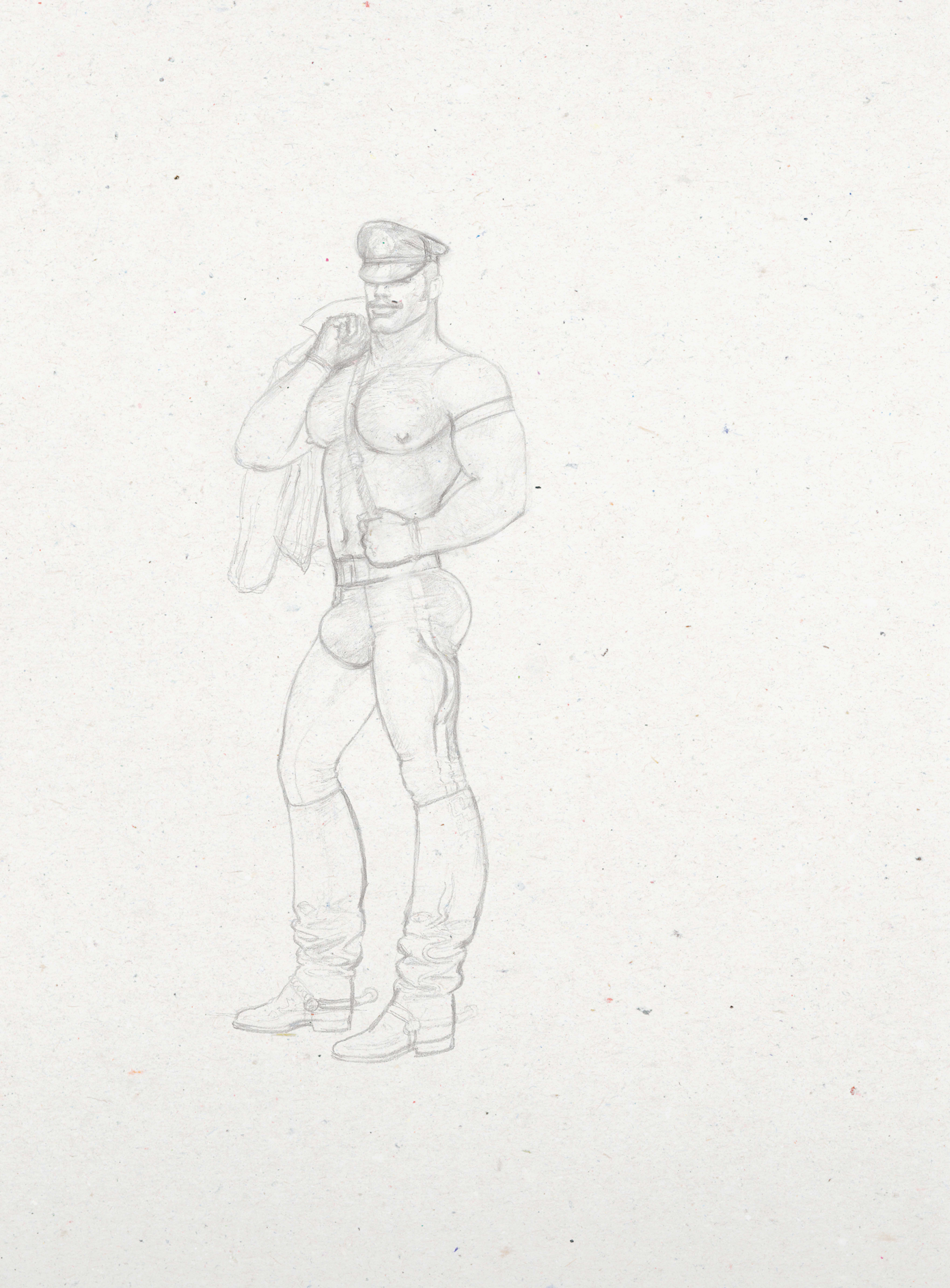
Untitled preparatory drawing, 1987
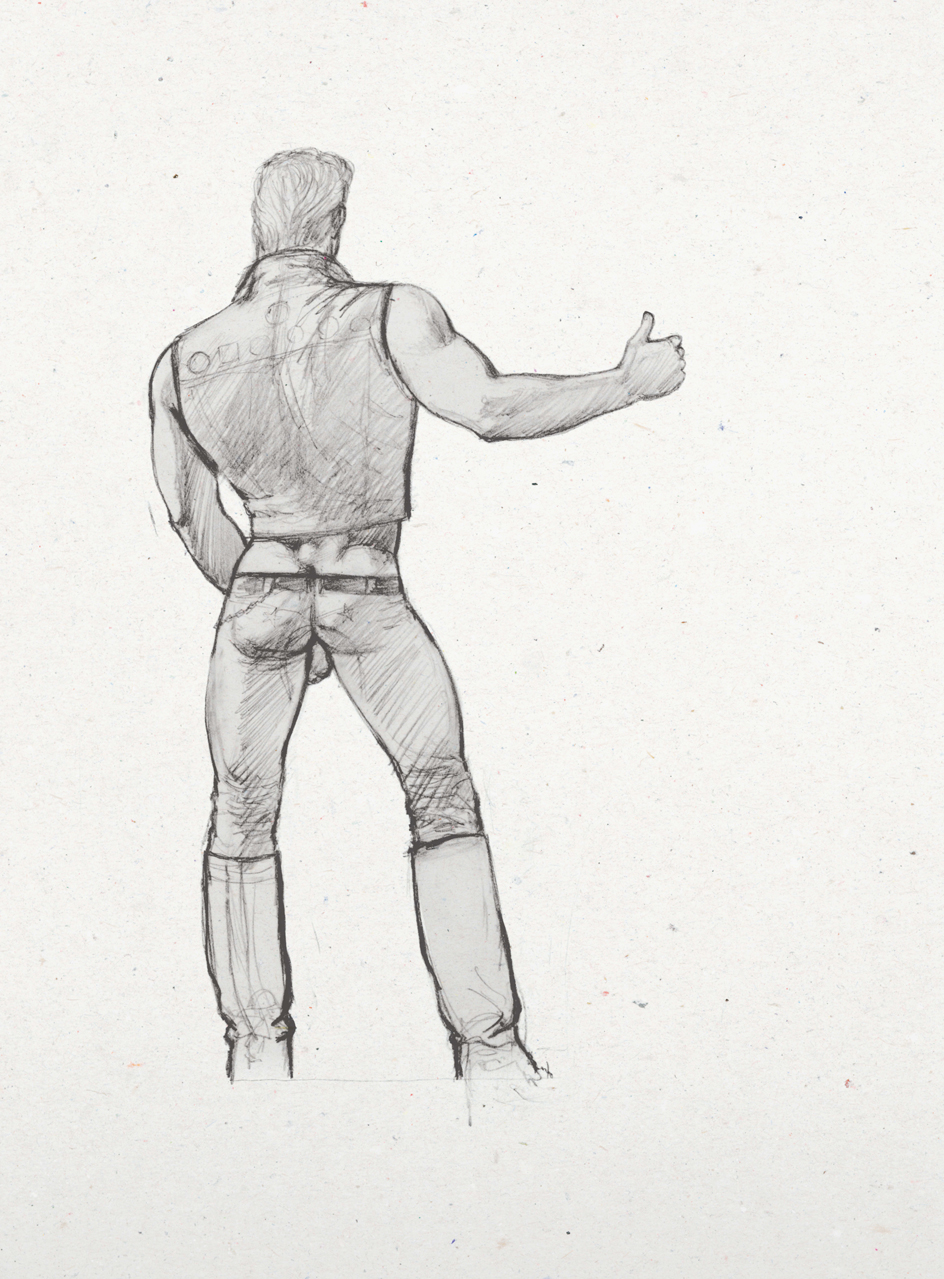
Untitled preparatory drawing, 1977
INFORMATION
-
 Click to buy: how will we buy watches in 2026?
Click to buy: how will we buy watches in 2026?Time was when a watch was bought only in a shop - the trying on was all part of the 'white glove' sales experience. But can the watch industry really put off the digital world any longer?
-
 Don't miss these art exhibitions to see in January
Don't miss these art exhibitions to see in JanuaryStart the year with an inspiring dose of culture - here are the best things to see in January
-
 Unmissable fashion exhibitions to add to your calendar in 2026
Unmissable fashion exhibitions to add to your calendar in 2026From a trip back to the 1990s at Tate Britain to retrospectives on Schiaparelli, Madame Grès and Vivienne Westwood, 2026 looks set to continue the renaissance of the fashion exhibition
-
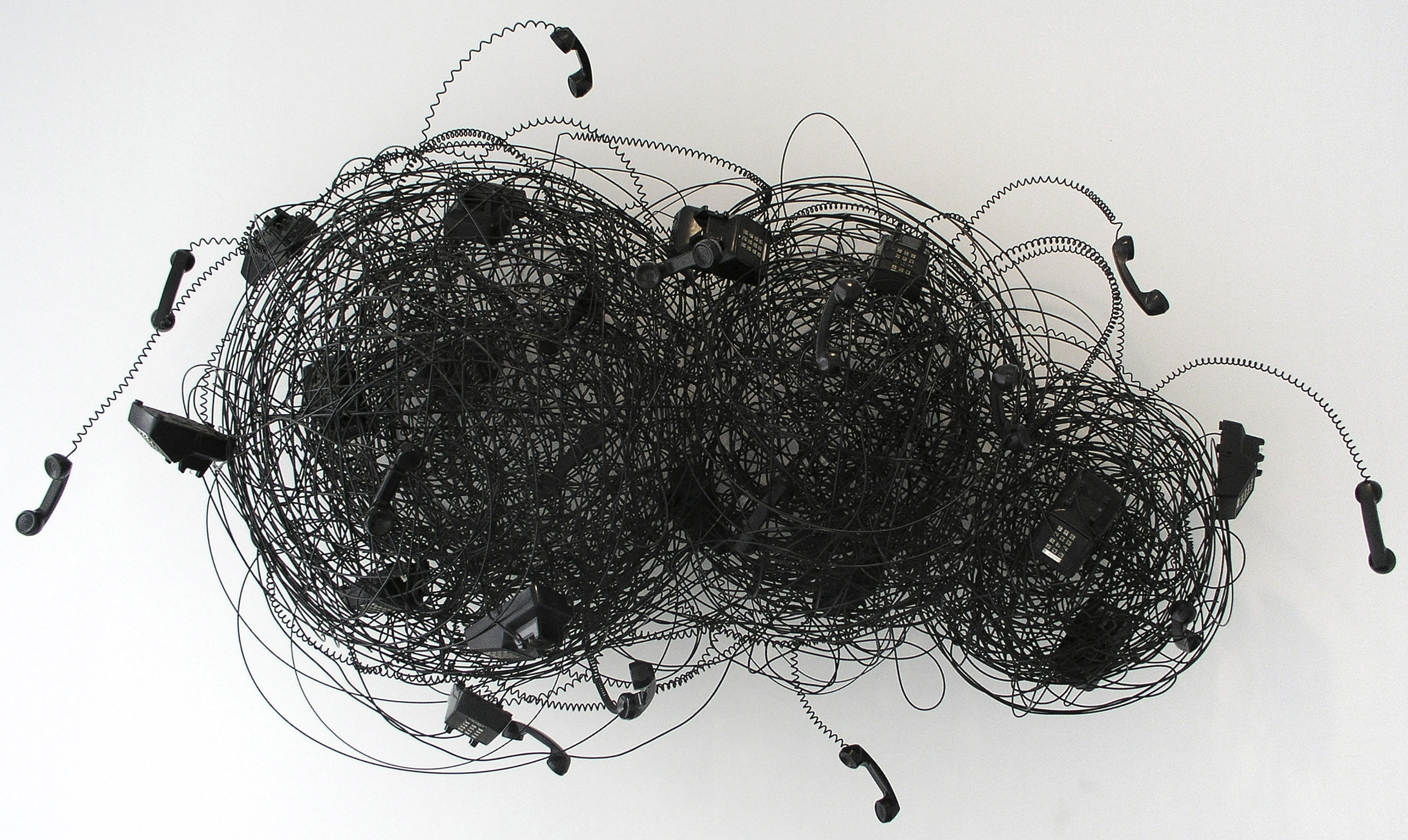 Robert Therrien's largest-ever museum show in Los Angeles is enduringly appealing
Robert Therrien's largest-ever museum show in Los Angeles is enduringly appealing'This is a Story' at The Broad unites 120 of Robert Therrien's sculptures, paintings and works on paper
-
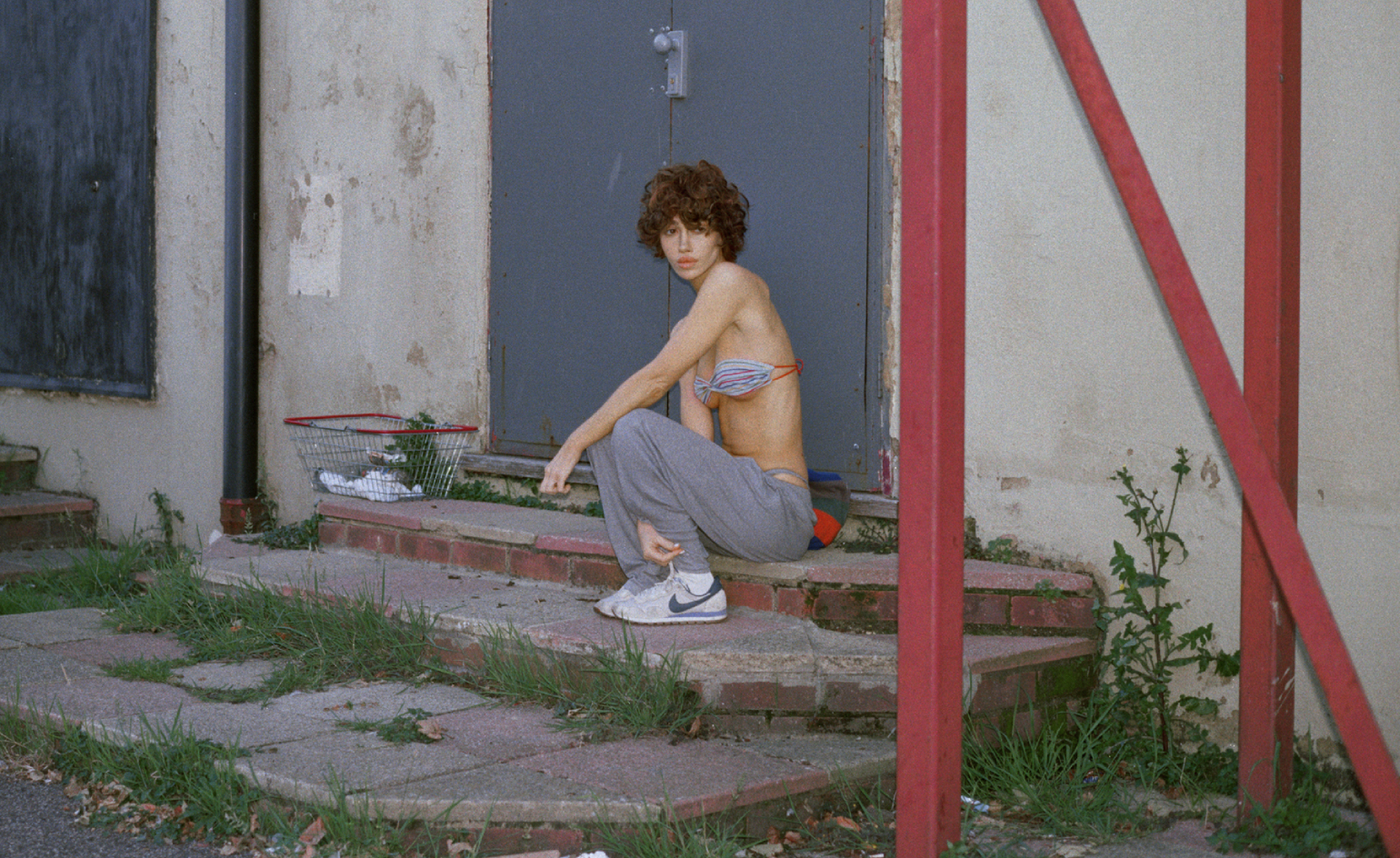 Nadia Lee Cohen distils a distant American memory into an unflinching new photo book
Nadia Lee Cohen distils a distant American memory into an unflinching new photo book‘Holy Ohio’ documents the British photographer and filmmaker’s personal journey as she reconnects with distant family and her earliest American memories
-
 Ed Ruscha’s foray into chocolate is sweet, smart and very American
Ed Ruscha’s foray into chocolate is sweet, smart and very AmericanArt and chocolate combine deliciously in ‘Made in California’, a project from the artist with andSons Chocolatiers
-
 Jamel Shabazz’s photographs are a love letter to Prospect Park
Jamel Shabazz’s photographs are a love letter to Prospect ParkIn a new book, ‘Prospect Park: Photographs of a Brooklyn Oasis, 1980 to 2025’, Jamel Shabazz discovers a warmer side of human nature
-
 The Hammer Museum in Los Angeles launches the seventh iteration of its highly anticipated artist biennial
The Hammer Museum in Los Angeles launches the seventh iteration of its highly anticipated artist biennialOne of the gallery's flagship exhibitions, Made in LA showcases the breadth and depth of the city's contemporary art scene
-
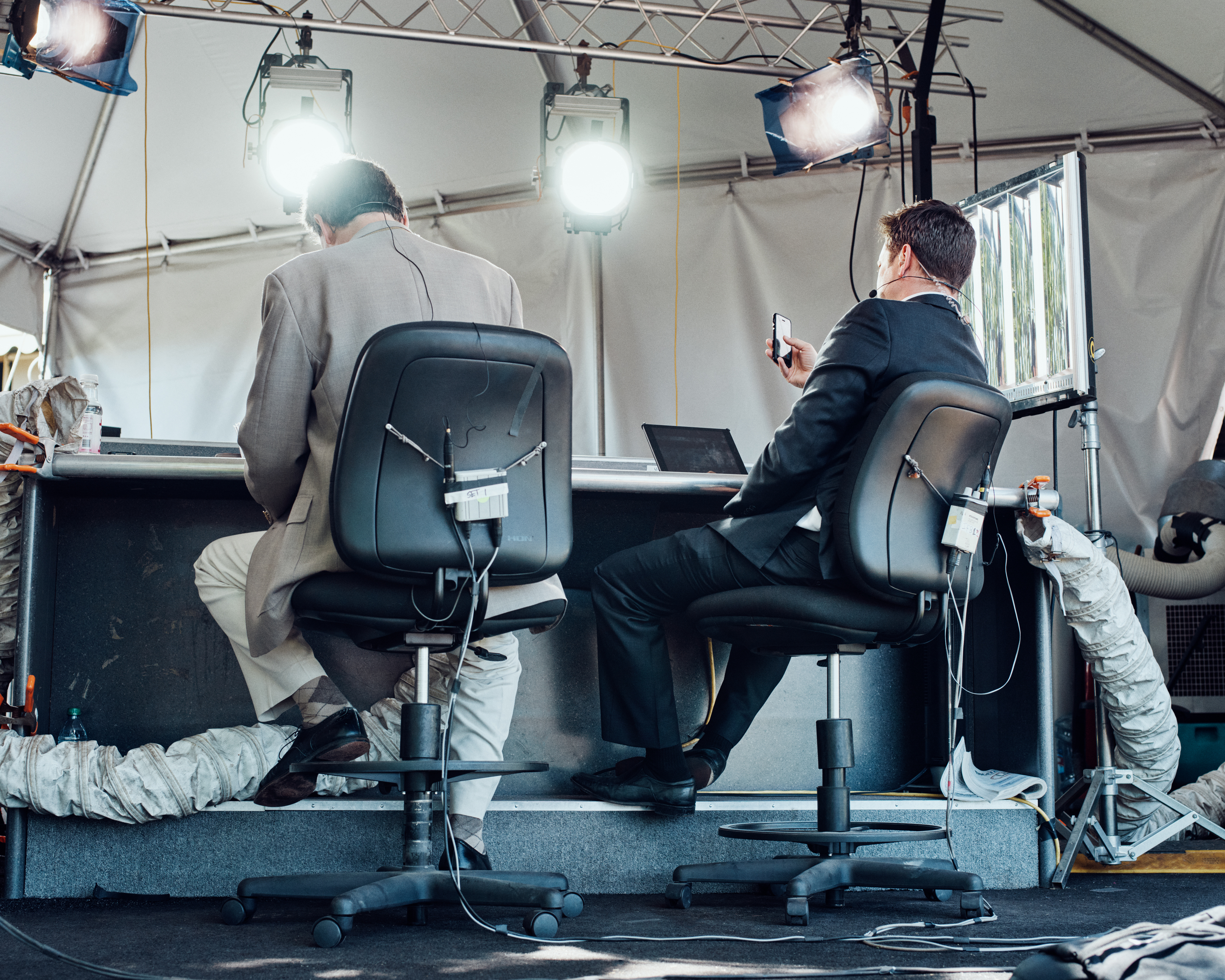 Thomas Prior’s photography captures the uncanny fragility of American life
Thomas Prior’s photography captures the uncanny fragility of American lifeA new book unites two decades of the photographer’s piercing, uneasy work
-
 Central Park’s revitalised Delacorte Theater gears up for a new future
Central Park’s revitalised Delacorte Theater gears up for a new futureEnnead Architects helmed an ambitious renovation process that has given the New York City cultural landmark a vibrant and more accessible future
-
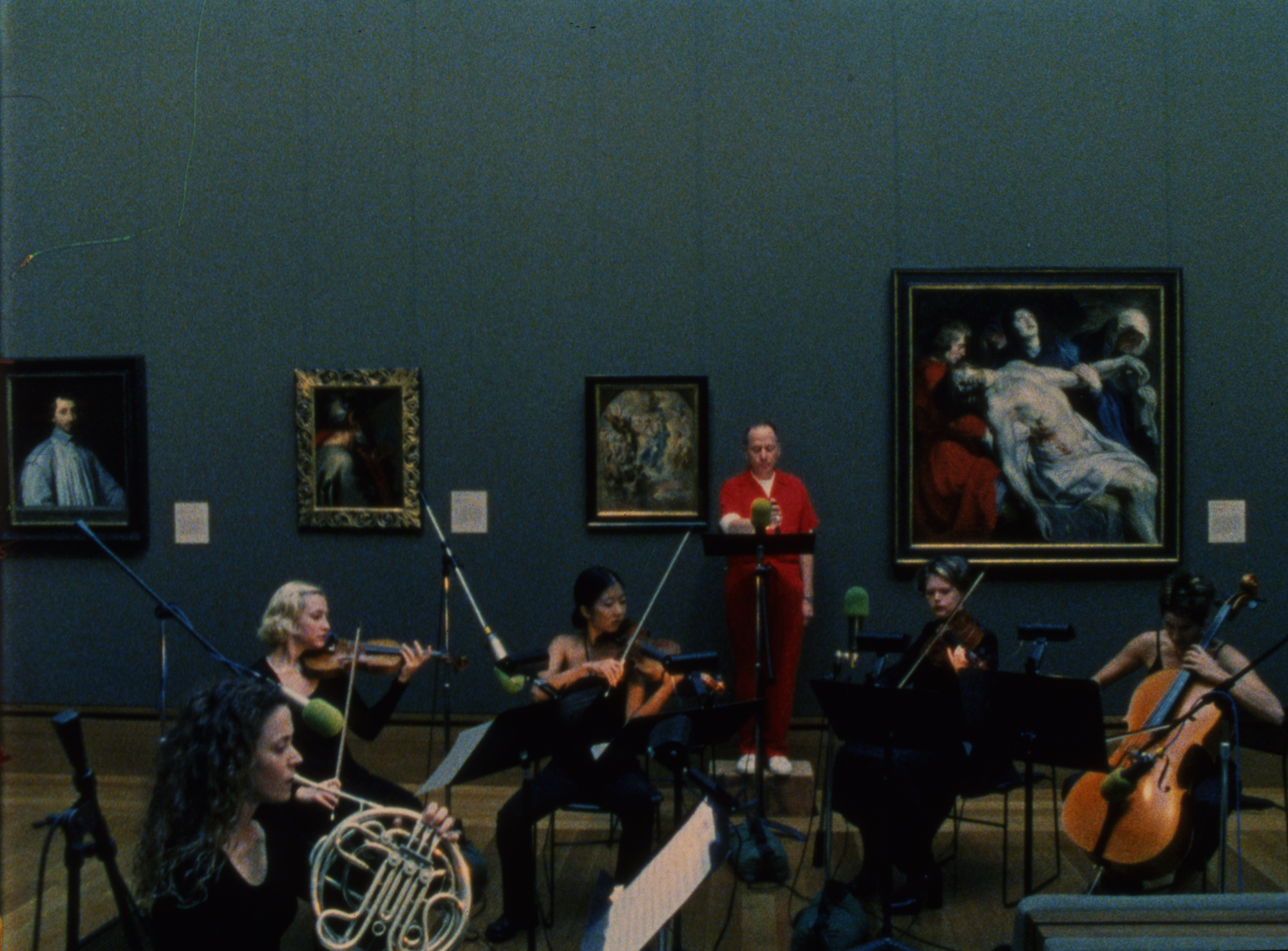 Stephen Prina borrows from pop, classical and modern music: now MoMA pays tribute to his performance work
Stephen Prina borrows from pop, classical and modern music: now MoMA pays tribute to his performance work‘Stephen Prina: A Lick and a Promise’ recalls the artist, musician, and composer’s performances, and is presented throughout MoMA. Prina tells us more